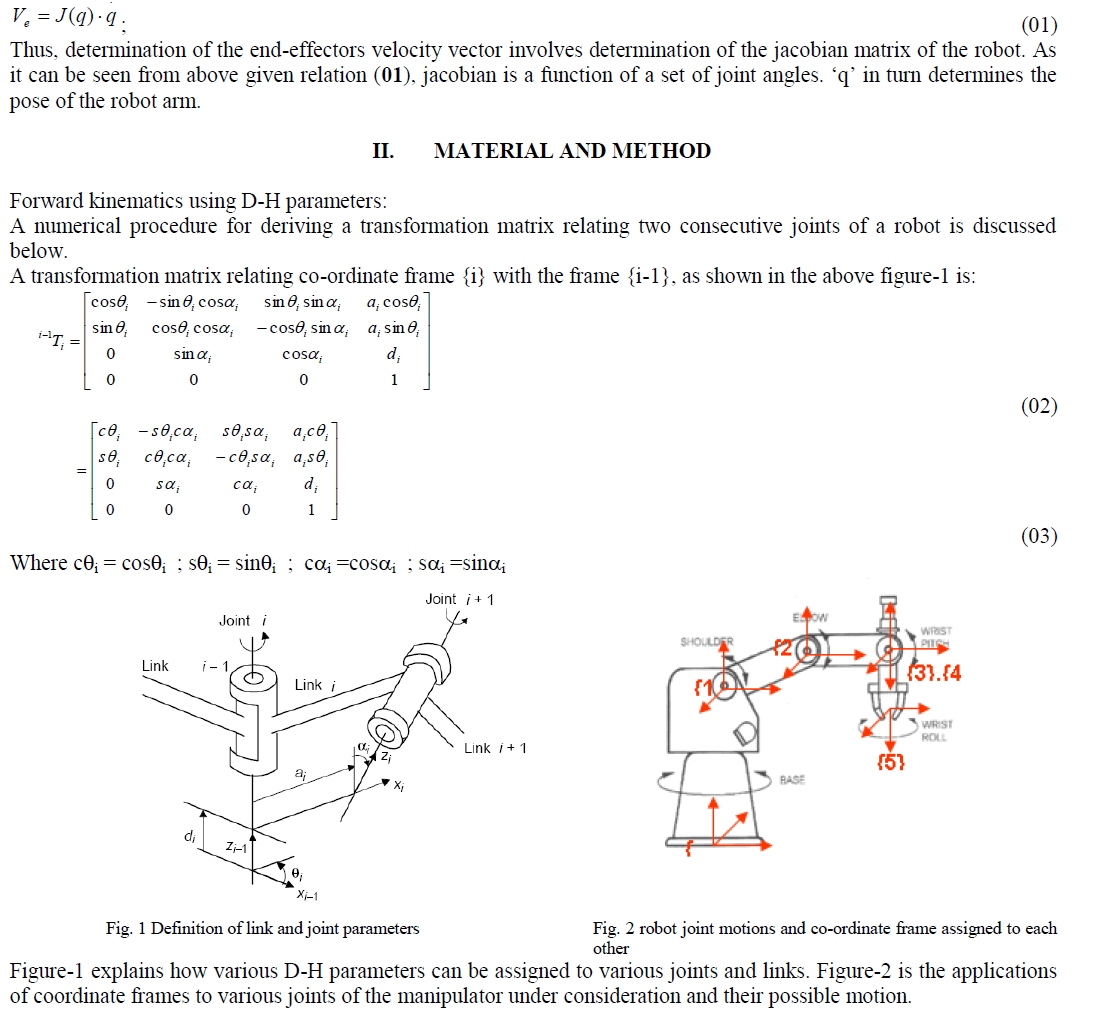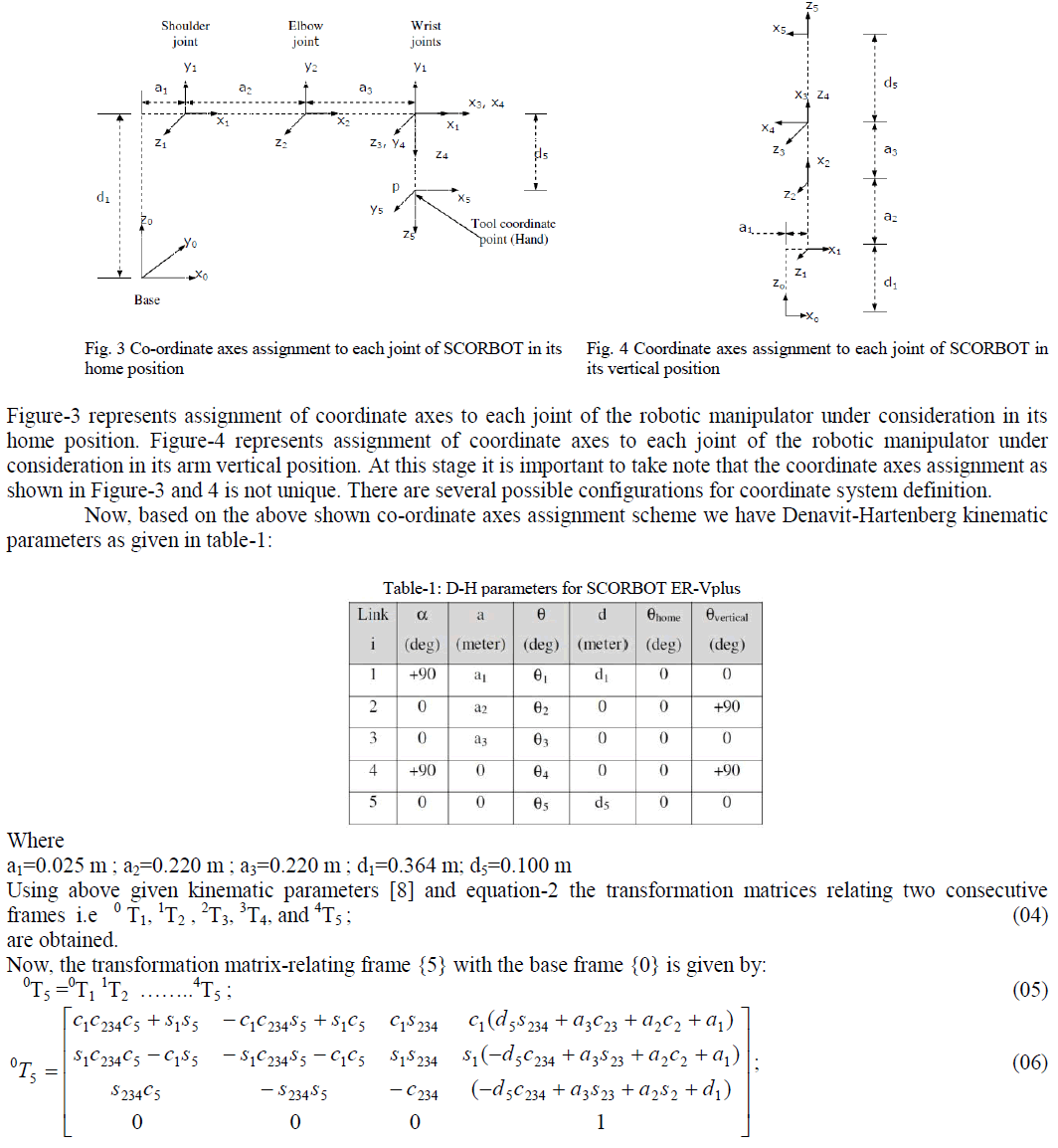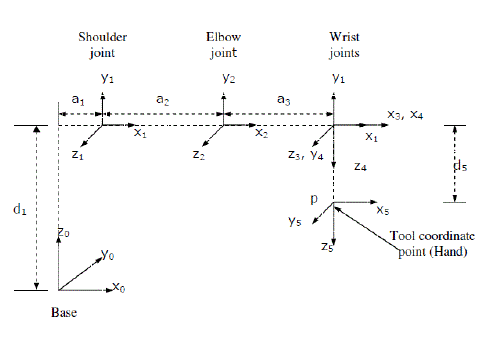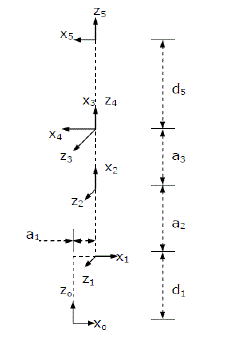The growth of wireless networks in recent years coupled with applications demanding high data rates. This paper considers feedback and pre-coding design for multi-user MIMO in LTE-Advanced systems. LTE aims to provide improved service quality over 3G systems in terms of throughput, spectral efficiency, latency, and peak data rate, and the MIMO technique is one of the key enablers of the LTE system for achieving these diverse goals. In this paper, we propose a AMC based pre-coding for multiuser multiinput multi-output (MIMO) systems. Adaptive modulation and coding (AMC) is a powerful technique to enhance the link performance by adjusting the transmission power, channel coding rates and modulation levels according to channel state information.
Keywords |
| LTE, AMC, STC, STBC, STTC |
INTRODUCTION |
| In telecommunications, 4G is the fourth
generation of cellular wireless standards. It is a successor
to 3G and 2G families of standards. Speed requirements
for 4G service set the peak download speed at 100 Mbit/s
for high mobility communication (such as from trains and
cars) and 1 Gbit/s for low mobility communication (such
as pedestrians and stationary users).[1] |
| A 4G system is expected to provide a
comprehensive and secure all-IP based mobile broadband
solution to laptop computer wireless modems, smart
phones, and other mobile devices. Facilities such as ultrabroadband
Internet access, IP telephony, gaming services,
and streamed multimedia may be provided to users. |
| Pre-4G technologies such as mobile WiMAX and
first-release 3G Long term evolution (LTE) have been on
the market since 2006[2] and 2009[3][4][5] respectively, and
are often branded as 4G. The current versions of these
technologies did not fulfill the original ITU-R
requirements of data rates approximately up to 1 Gbit/s for
4G systems. Marketing materials use 4G as a description
for Mobile-WiMAX and LTE in their current forms. |
| IMT-Advanced compliant versions of the above
two standards are under development and called “LTE
Advanced” and “Wireless MAN” respectively. ITU has
decided that “LTE Advanced” and “WirelessMANAdvanced”
should be accorded the official designation of
IMT-Advanced. On December 6, 2010, ITU announced
that current versions of LTE, WiMax and other evolved
3G technologies that do not fulfill "IMT-Advanced"
requirements could be considered "4G", provided they
represent forerunners to IMT-Advanced and "a substantial
level of improvement in performance and capabilities with
respect to the initial third generation systems now
deployed." [6] |
| In all suggestions for 4G, the CDMA spread
spectrum radio technology used in 3G systems and IS-95 is
abandoned and replaced by OFDM and other frequencydomain
equalization schemes. This is combined with
MIMO (Multiple In Multiple Out), e.g., multiple antennas,
dynamic channel allocation and channel-dependent
scheduling. |
MIMO: |
| In point-to-point multiple-input multiple-output
(MIMO) systems, a transmitter equipped with multiple
antennas communicates with a receiver that has multiple
antennas. Most classic pre coding results
assume narrowband, slowly fading channels, meaning that the channel for a certain period of time can be described by
a single channel matrix which does not change faster. In
practice, such channels can be achieved, for example,
through OFDM. |
System Description |
| The block diagram of a MIMO-LTE system is
shown in Fig1. Basically, the MIMO transmitter has NT
parallel transmission paths which are very similar to the
single antenna system, each branch performing serial-toparallel
conversion, pilot insertion, N-point IFFT and
cyclic extension before the final TX signals are upconverted
to RF and transmitted. It is worth noting that the
channel encoder and the digital modulation, in some
spatial multiplexing systems can also be done per branch,
not necessarily implemented jointly over all the NT
branches. The receiver first must estimate and correct the
possible symbol timing error and frequency offsets, e.g.,
by using some training symbols in the preamble as
standardized in [7]. Subsequently, the CP is removed and
N-point FFT is performed per receiver branch. In this
thesis, the channel estimation algorithm we proposed is
based on single carrier processing that implies MIMO
detection has to be done per subcarrier. Therefore, the
received signals of subcarrier k are routed to the kth
MIMO detector to recover all the NT data signals
transmitted on that subcarrier. Next, the transmitted
symbol per TX antenna is combined and outputted for the
subsequent operations like digital demodulation and
decoding. Finally all the input binary data are recovered
with certain BER. |
Space Time Coding For MIMO |
| A space–time code (STC) is a method employed
to improve the reliability of data transmission in wireless
communication systems using multiple transmit antennas.
STCs rely on transmitting multiple, redundant copies of a
data stream to the receiver in the hope that at least
some of them may survive the physical path
between transmission and reception in a good
enough state to allow reliable decoding. Space
time codes may be split into two main types: |
| Space time trellis codes (STTCs) distribute a trellis code
over multiple antennas and multiple time-slots and provide
both coding gain and diversity gain. |
| Space time block code (STBC) act on a block of data at
once (similarly to block codes) and provide only diversity
gain, but are much less complex in implementation terms
than STTCs. |
MULTI-USER âÃâ¬Ãâ MIMO |
| This is the variant antenna technology that
enhances the communication capabilities of the individual
radio terminal used by radios in the network by
introducing multiple independent radio terminals. This
allows transmission and reception to and from multiple
users using the same band |
 |
| |
PERFORMANCE RESULTS |
| From Fig 2 with MIMO BER is reduced
considerably. When number of antennas increased BER
will be reduced considerably. Diversity gain can be
increased by increasing antennas. When number of
antennas increased BER will be reduced considerably. If
we use high end mapping we need to use maximum
antennas then only BER will be reduced considerably. |
 |
 |
 |
CONCLUSION |
| From computer simulations, it is shown that the
proposed SNR representation allows us to achieve better
system throughput as compared to conventional systems
with reduced complexity. |
References |
- Chao-Wang Huang, Pang an Ting, and Chia-ChiHuang “A Novel Message Passing Based MIMO-OFDM Data Detectorwith a Progressive Parallel ICI Canceller.” IEEE Transactions onWireless Communications, Vol. 10, No. 4, April 2011.
- V. Tarokh, H. Jafarkhani, and A. R. Calderbank, “Space-time blockcodes from orthogonal designs," IEEE Trans. Inf. Theory, vol. 45, pp.1456-1467, July 1999.
- H. Jafarkhani, “A quasi-orthogonal space-time block code," IEEETrans. Commun., vol 49, no. 1, pp. 1-4, Jan. 2001.
- V. Tarokh, A. Naguib, N. Seshadri, and A. R. Calderbank, “Combinedarray processing and space-time coding," IEEE Trans. Inf. Theory, vol.45. pp. 1121-1128, May 1999.
- A. F. Naguib, N. Seshadri, and A. R. Calderbank, “Applications ofspace-time block codes and interference suppression for high capacityand high data rate wireless systems," in Proc. 32nd Asilomar Conf.Signals, Syst. Comput., pp. 1803-1810, 1998
- A. Stamoulis, N. Al-Dhahir and A. R. Calderbank, “Further results oninterference cancellation and space-time block codes," in Proc. 35thAsilomar Conf. Signals, Syst. Comput., pp. 257-262, Oct. 2001.
- J. Kazemitabar and H. Jafarkhani, “Multiuser interference cancellationand detection for users with more than two transmit antennas," IEEETrans. Commun., vol. 56, no. 4, pp. 574-583, Apr. 2008.
- J. Kazemitabar and H. Jafarkhani, “Performance analysis of multipleantenna multi-user detection," in Proc. 2009 Workshop Inf. TheoryApplications, Feb. 2009.
- A. Scaglione, P. Stoica, S. Barbarossa, G. Giannakis, and H. Sampath,“Optimal designs for space-time linear precoders and decoders," IEEETrans. Signal Process, vol. 50, no. 5, pp. 1051-1064, 2002.
- D. Love and R. J. Heath, “Limited feedback unitary precoding fororthogonal space-time block codes," IEEE Trans. Signal Process., vol.53, no. 1, pp. 64-73, 2005.
- A. Ghaderipoor and C. Tellambura, “Optimal precoder for rate lessthan one space-time block codes," in Proc. IEEE International Conf.Commun., Glasgow, Scotland, June 2007.
- H. Sampath and A. Paulraj, “Linear precoding for space-time codedsystems with known fading correlations," IEEE Commun. Lett, vol. 6,no. 6, pp. 239-241, June 2002.
|